Planting Technology Lists
-
The concept of disease-free and insect-free Lentinus edodes and its new cultivation techniques
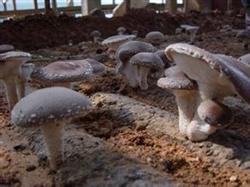
Large cup Lentinus edodes, also known as pig belly mushroom, fruiting body group, cup-shaped or shallow funnel-shaped, light yellow, thick meat, thick handle, crisp and delicious, nutritious. Under natural conditions, the fruiting body occurs from May to October and has the characteristics of wood saprophytic and indigenous. Now its cultivation essentials are briefly introduced as follows: 1. Seasonal arrangement: large cup of Lentinus edodes.
2018-09-09 -
Key points of management technology of Lentinus edodes in spring
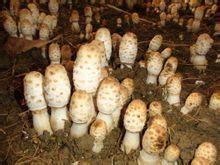
Chicken leg mushroom, also known as Maotou ghost umbrella, gets its name because its mushroom body is similar to chicken leg and its meat tastes like shredded chicken. It has high edible and medicinal value. After repeated practice, the author cultivated Coprinus comatus directly in the open field with whole straw (rice straw, wheat straw, grass, etc.) and obtained a good benefit of 150 kg mushroom produced by 100 kg hay.
2018-09-09 -
Budding Management of Pleurotus ostreatus, Coprinus comatus and Agaricus blazei Murrill
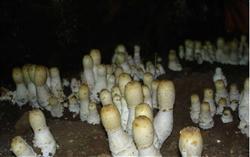
Coprinus comatus is a new variety of high-grade edible fungi, which has high root nutritional and medicinal value. According to the analysis of experts on edible fungi, every 100 grams of Coprinus comatus contains 25.4 grams of crude protein, 3.3 grams of fat, 51.5 grams of nitrogen-free carbohydrate, 7.3 grams of cellulose, 12.5 grams of ash and 346 kilograms of thermal energy.
2018-09-09 -
Symptoms, prevention and treatment of black spot of rose
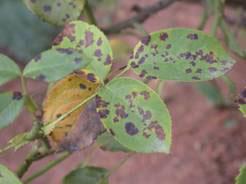
Rose black spot pathogen invades leaves, tender shoots and pedicels. At the beginning of the disease, purple-brown dots appeared on the front, which gradually expanded into round or irregular black-brown spots, with a diameter of 1-12 mm, and the edge of the spot was radiate, which is the characteristic symptom of black spot disease. In the later stage, the leaf became yellow, the central part of the lesion was gray-white, and it was on it.
2018-09-09 -
Preventive measures of Black spot of Rose
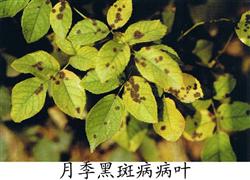
Rose black spot is a stubborn disease harmful to rose, which mainly occurs in leaves, twigs and pedicels. Most of the disease spots occur on the front of the leaves, and all the leaves from the lower to the middle of the seriously diseased plants will fall off, making the plant grow weakly, easily injuring the flower buds by low temperature, affecting flowering in the coming year, and even causing branches to die. The author.
2018-09-09 -
Occurrence and control of black spot of rose
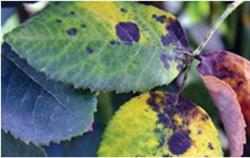
Rose and rose black spot disease is a worldwide disease, which is common in China, which is thought to damage leaves mainly, followed by petiole, leaf tip, young shoots and pedicels. The disease is more serious in the south and north, and the disease makes the leaves yellow and fall early. When the disease is serious in April and May and late August and September in summer, the leaves can all fall, making the rose.
2018-09-09 -
Incidence and control measures of black spot of rose
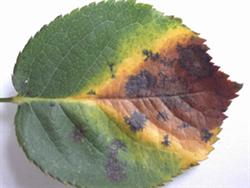
Black spot of rose is a worldwide disease, which is widely distributed and occurs in all areas where rose is cultivated. In recent years, the disease is serious in many provinces and cities in China. The occurrence of black spot can cause the early defoliation of rose, affect the growth of rose and the survival rate of branch cutting, and reduce the ornamental and economic value. Black spot can also harm roses, roses, etc.
2018-09-09 -
Identification and control of black spot of rose
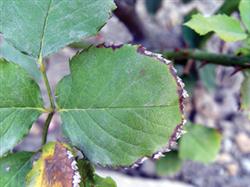
The disease is common and does serious harm, resulting in a large number of fallen leaves of rose and huge losses. The pathogen is a fungus of the genus Actinomyces. First, at the beginning of symptom recognition, brown radial plaques appear on the leaf surface, and then gradually enlarge into round or subcircular spots with a diameter of 412 mm.
2018-09-09 -
Common diseases of rose and their control
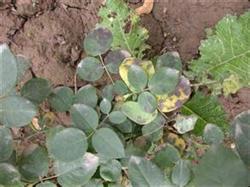
Symptoms: purple-brown dots appeared in the leaves at the beginning of the disease, and then expanded into nearly round black-brown spots, with radial yellow halos on the edges. In severe cases, the disease spots are connected, and the leaves wither and fall off, especially in summer and autumn, resulting in a large number of fallen leaves, and there is a smooth rod under the plant. After being infected, the tender shoots appear black-brown stripes, which are slightly sunken, resulting in tender.
2018-09-09 -
How to make rose blossom beautifully
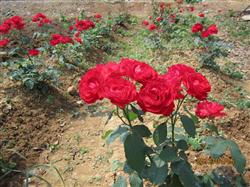
If you want the rose to grow strong, even non-professionals can do a lot of useful work: 1 find ways to create good light for the rose. Photosynthesis is the source of growth and health. Always maintain the good ventilation of the rose, do not plant too closely, and do not let the weeds affect its ventilation. ...
2018-09-09
